In a new monthly series, Spectator Life will be bringing you facts, stories and items of general wonderment associated with the month ahead. Welcome to July – where we learn what ‘Twix’ is short for, why England’s World Cup-winning footballers painted white stripes on to their boots and how many times Charles and Diana met before their wedding…
- 1 July 1903: The first ever Tour de France gets under way. If you think the race has had its controversies in recent times, you should have seen it in the early years. Competitors sometimes had themselves towed along by cars, or simply got into the car for a lift. Others took the train. Meanwhile fans of particular riders would sabotage their opponents’ chances by cutting down trees to block their path, spreading nails on the road to give them punctures, or – taking as direct an approach as possible – simply beating them up.
- 4 July 1790: Birth of George Everest, the geographer and surveyor after whom the mountain is named. His surname was actually pronounced so its first syllable rhymed with ‘sleeve’, rather than the modern way.
- 5 July 1994: Amazon is founded. Jeff Bezos chose the name because the river is the world’s largest by volume, which was his aim for the website.
- 7 July: World Chocolate Day. The name ‘Twix’ is short for ‘twin sticks’.
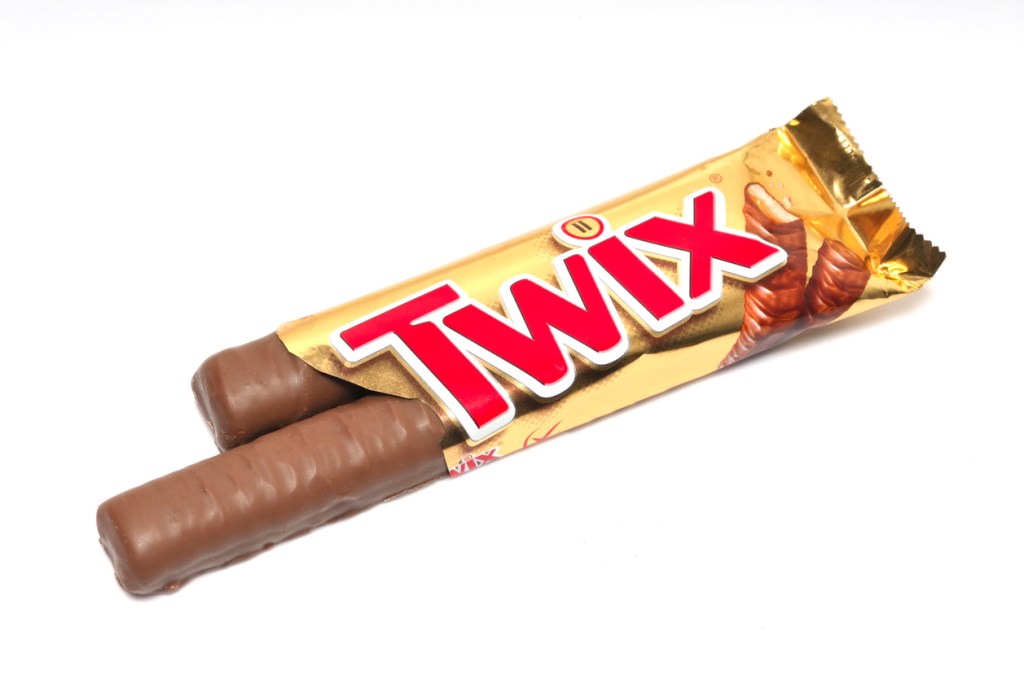
- 8 July 1889: The first issue of the Wall Street Journal is published by Dow Jones. The company actually had three founders – Charles Dow, Edward Jones and Charles Bergstresser. But they agreed that the final surname made everything less snappy, so Bergstresser remained a silent partner.
- 11 July 1914: Babe Ruth makes his debut in Major League Baseball. The legendary ‘Sultan of Swat’ went on to score 714 home runs, a record which stood for decades – but Ruth also spent decades as the record-holder for number of strikeouts (1330). Useful as a reminder that failure is part of being great. As Ruth put it himself: ‘Every strike brings me closer to the next home run.’
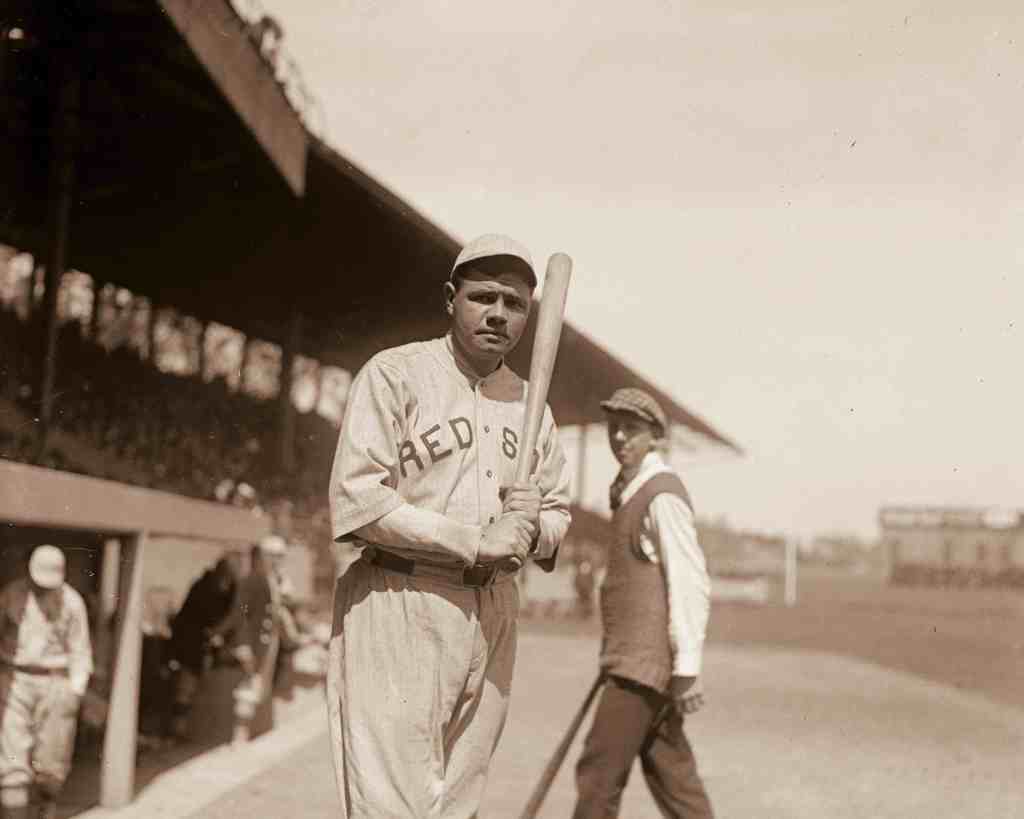
- 14 July 1918: Birth of Fred Baur, inventor of the Pringles tube. When he died in 2008, some of his ashes were buried in one of the tubes (original flavour).
- 16 July 1951: Publication of The Catcher in the Rye. Early chapters of the novel had been on the beach at Normandy on D-Day – J.D. Salinger was working on them and carried them in his backpack during the fighting.
- 18 July 1817: Death of Jane Austen. She didn’t want anyone other than her family to know that she was a writer (her novels were published anonymously during her lifetime). The secret was maintained even from her family’s servants. There was a door in the house that squeaked, but (according to her nephew) ‘she objected to having this little inconvenience remedied, because it gave her notice when anyone was coming’.
- 19 July 1947: Birth of Brian May. The Queen guitarist uses old sixpence coins for plectrums. For his first solo tour in 1993 he paid the Royal Mint to make him some that could be sold to fans. Instead of Elizabeth II’s head they showed his.

- 21 July 1545: French troops try (and fail) to invade the Isle of Wight. The island is England’s smallest county, but only at certain times of day – when the tide goes out, Rutland regains the title.
- 23 July 1973: Birth of Monica Lewinsky. When news of her affair with Bill Clinton broke in 1998, she went into hiding in her mother’s apartment – which, in suitably scandalous style, happened to be in the Watergate building.
- 26 July 1945: Birth of Helen Mirren. She is the only actress to play both Elizabeth I (Elizabeth I, 2005) and Elizabeth II (The Queen, 2006).
- 29 July 1981: Prince Charles marries Lady Diana Spencer. The wedding was only the 14th time the couple had met.
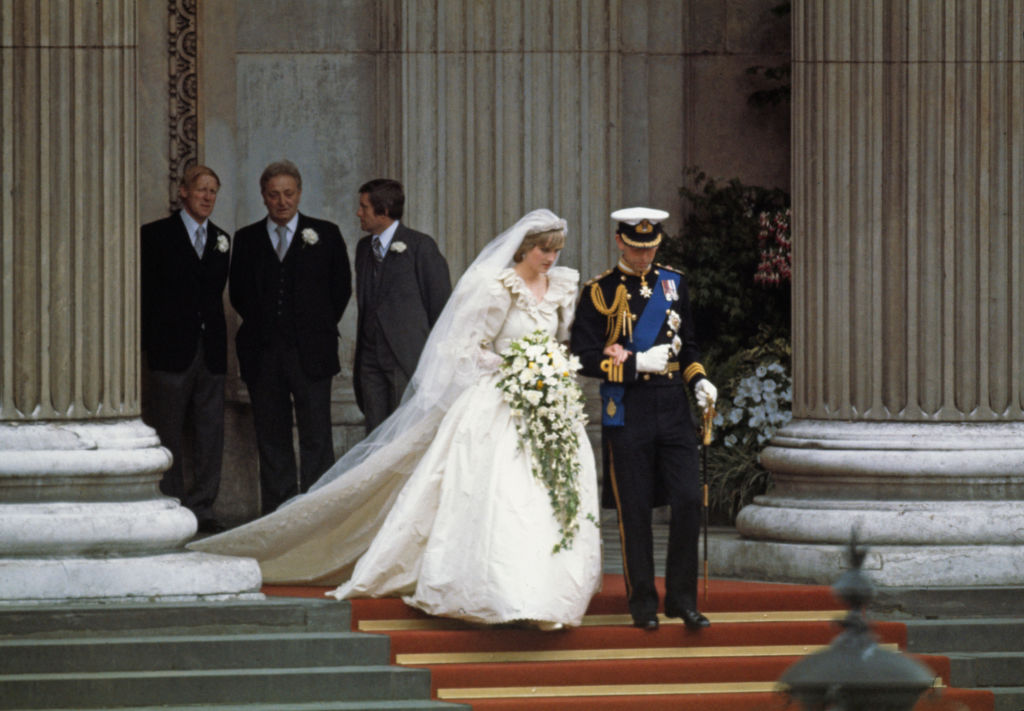
- 30 July 1966: England win the football World Cup. The players’ match fee was £60 per man. By comparison, Adidas offered £1000 to any player who would wear their boots in the final. They even agreed to pay the amount to anyone who painted three white stripes on their own boots to make them look like an Adidas pair. Several England players did just that.

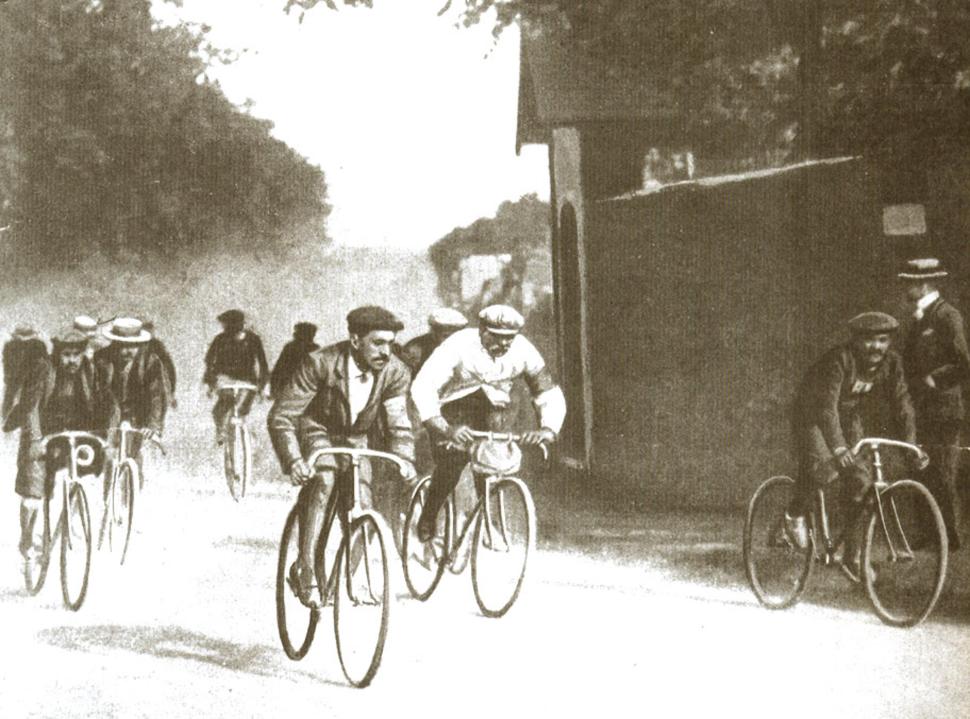
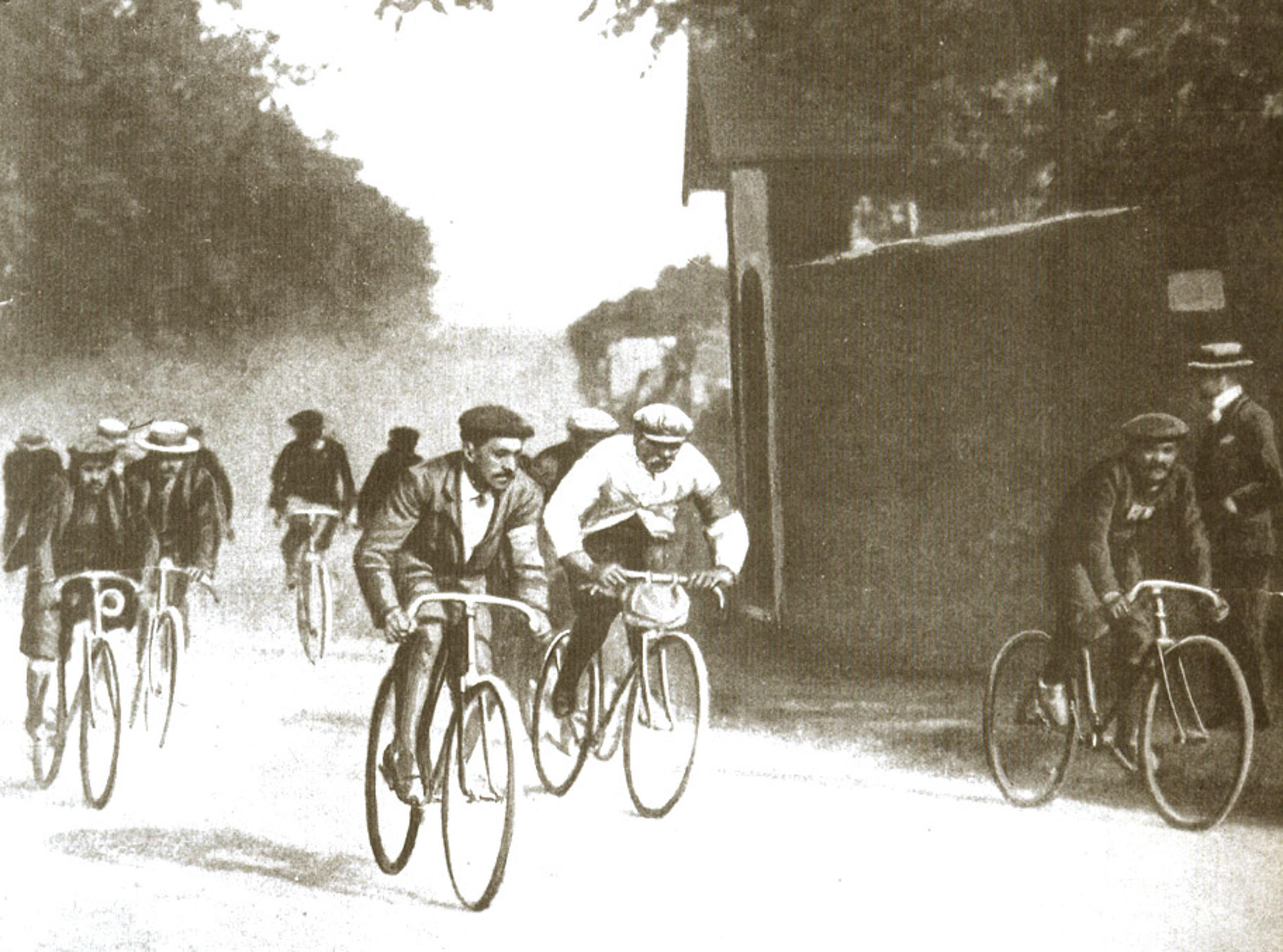




Comments